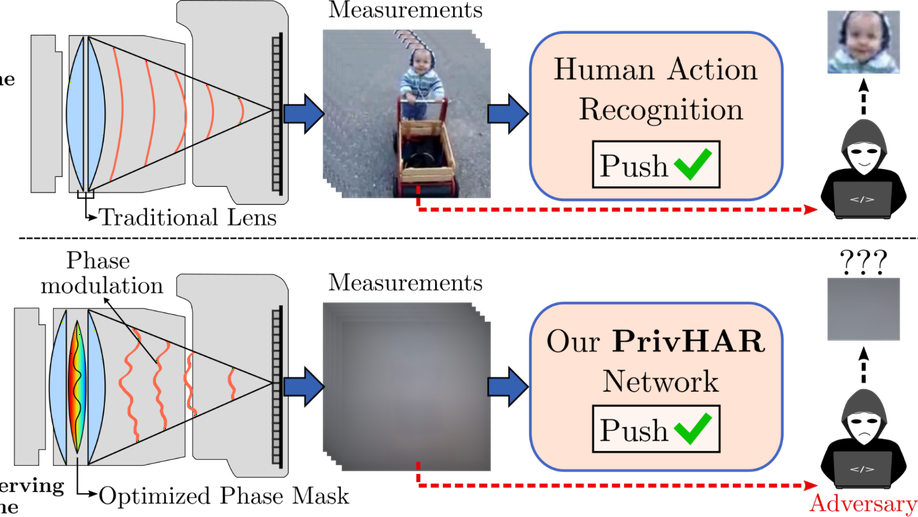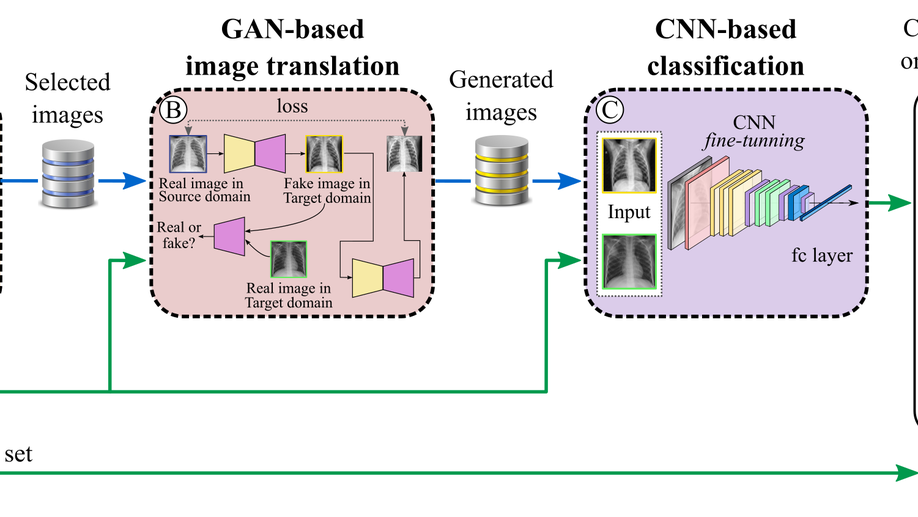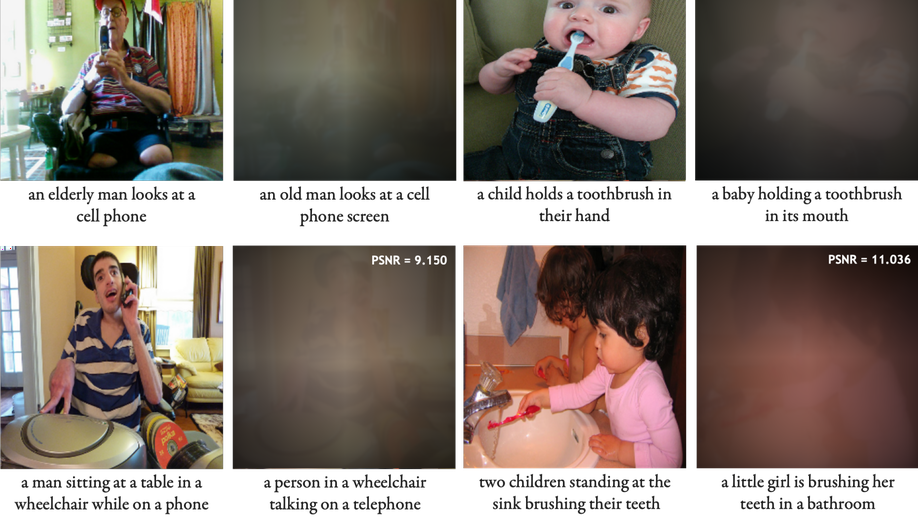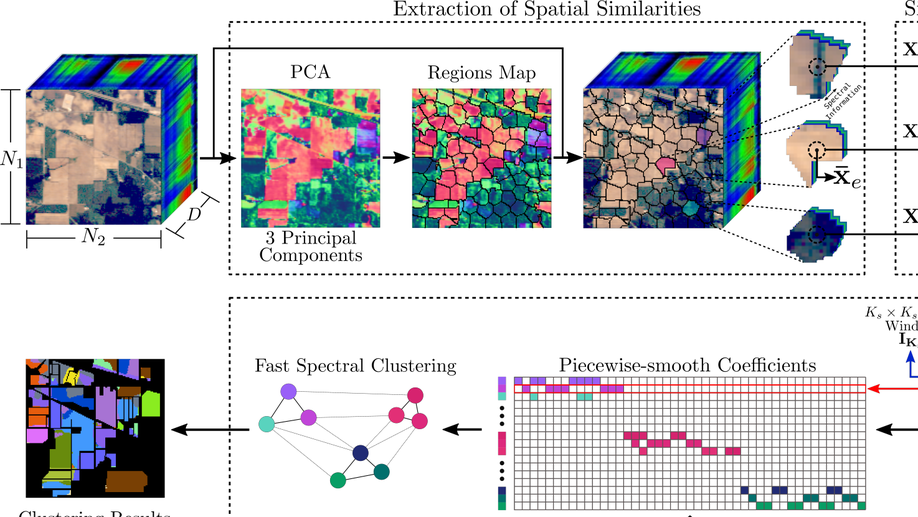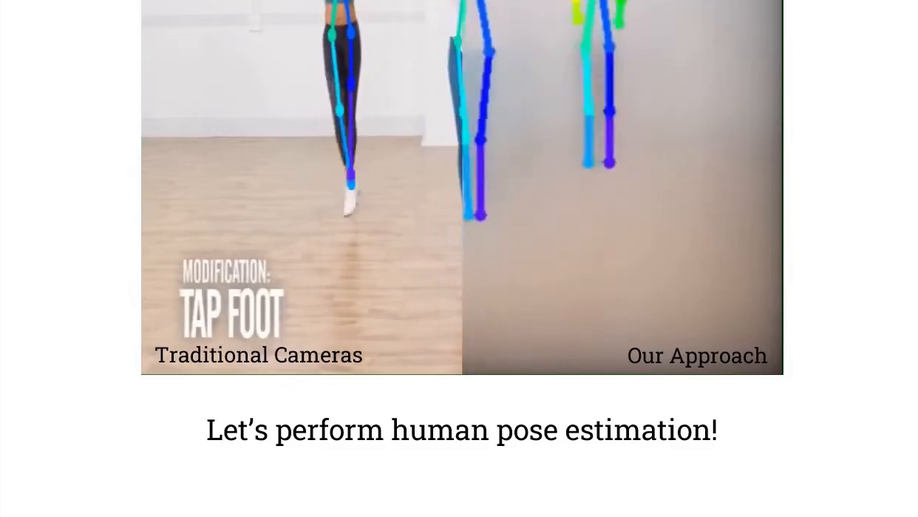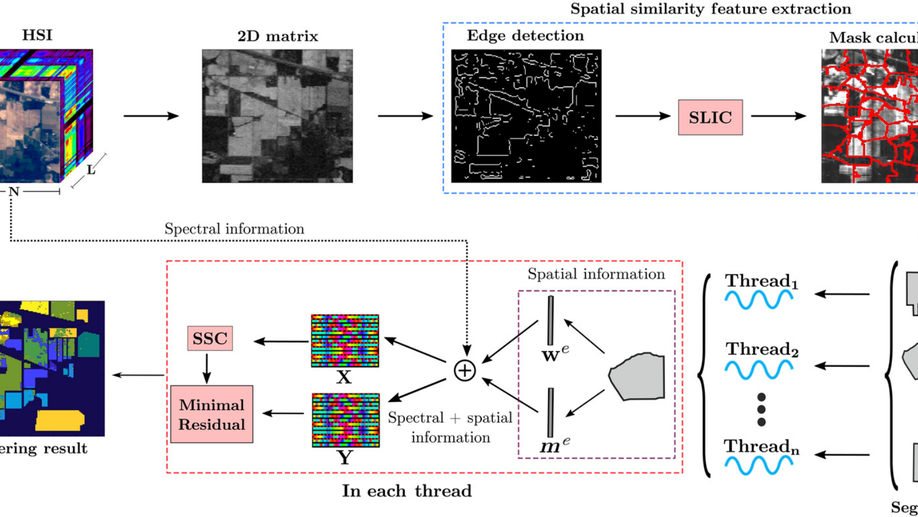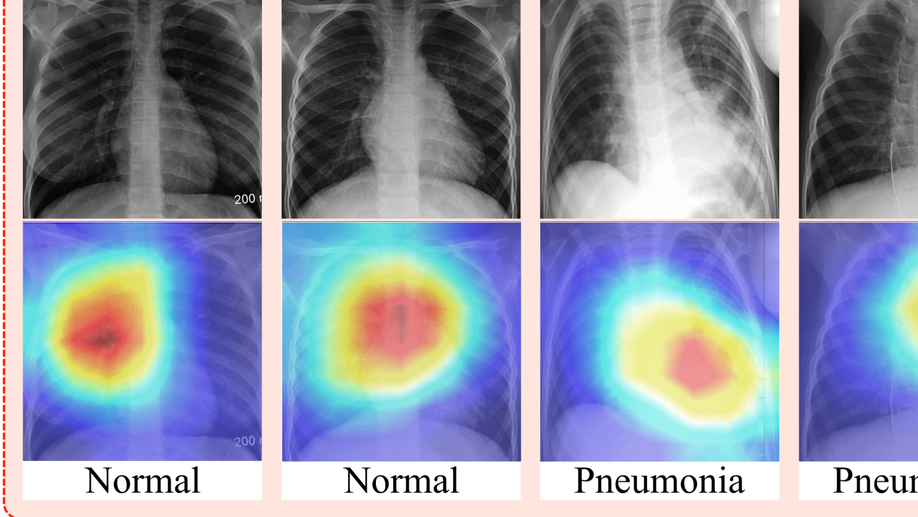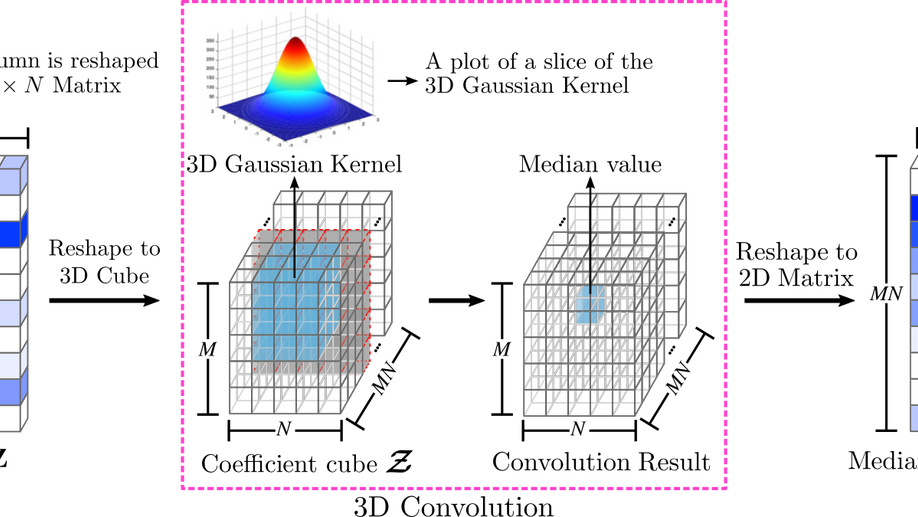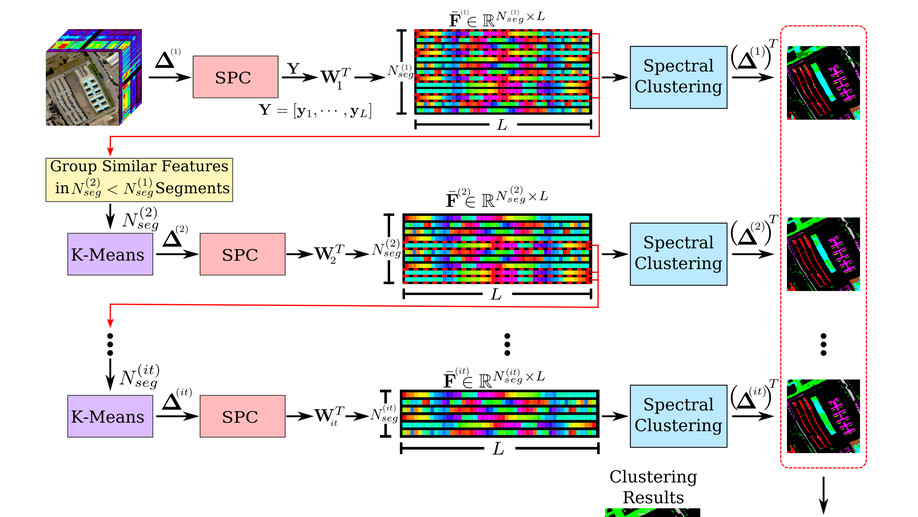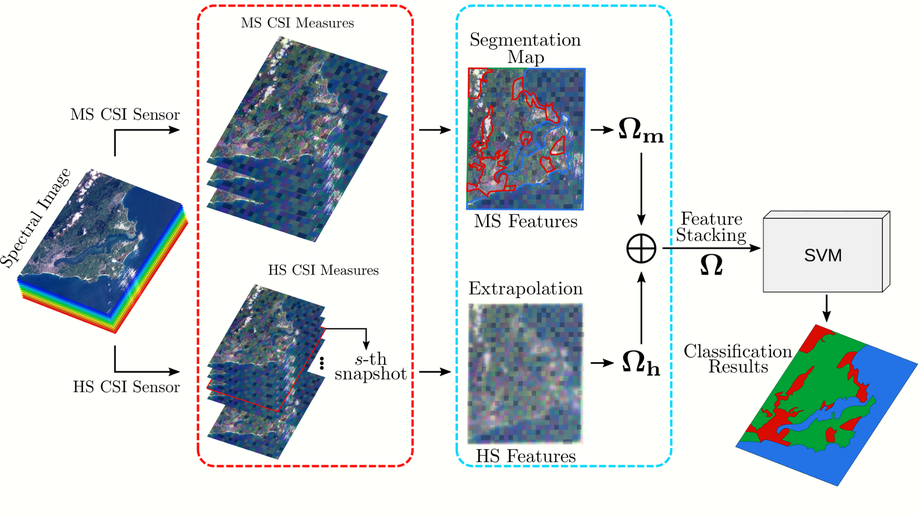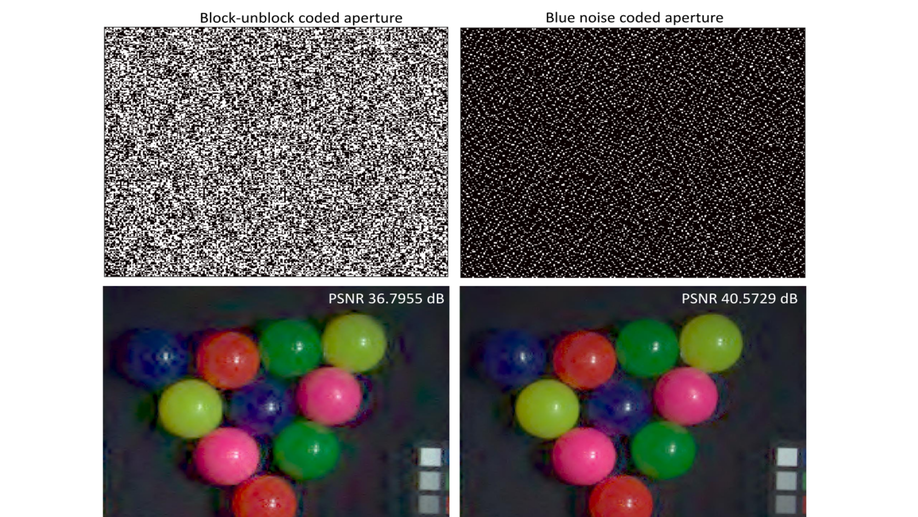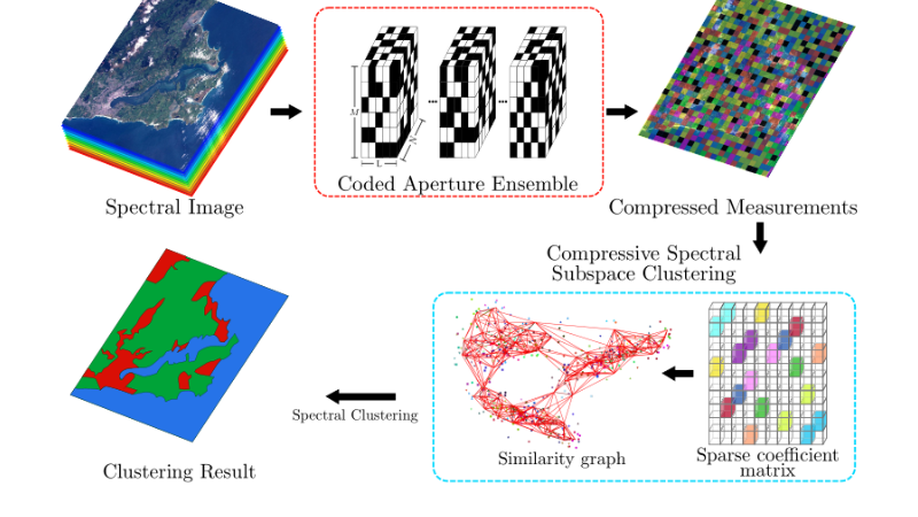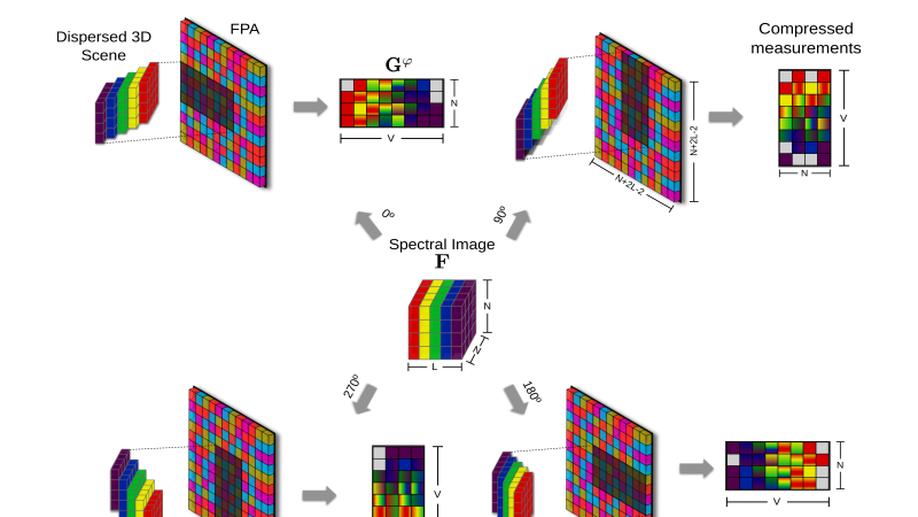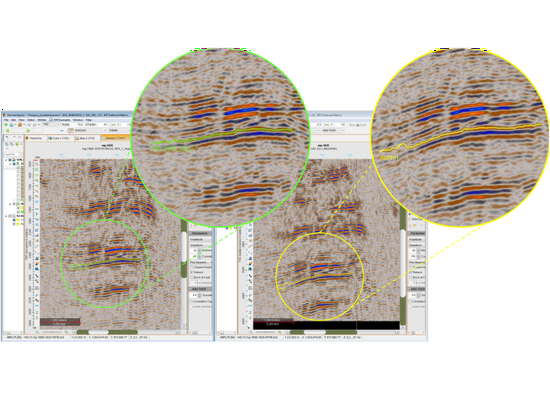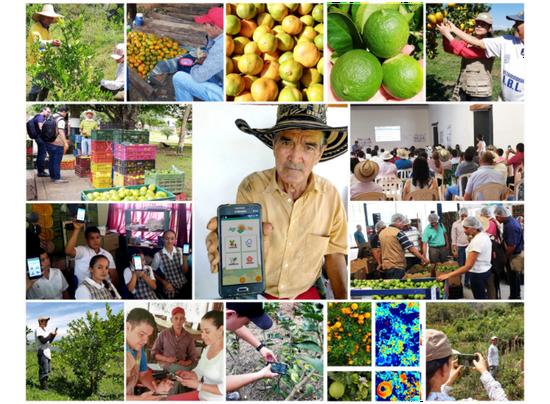
Carlos Hinojosa
Ph.D In Computer Science,
King Abdullah University of Science and Technology (KAUST)
Carlos is a Postdoctoral researcher at King Abdullah University of Science and Technology (KAUST) working with Prof. Bernard Ghanem. His research interests span Computer Vision, Machine Learning and Computational Imaging. In particular, he is interested in developing efficient vision systems and machine-learning models that can efficiently recognize and understand human actions and activities, objects, scenes and events while also obtaining additional benefits like privacy protection, compression, and robustness. Carlos received his Ph.D. with Laureate distinction from Universidad Industrial de Santander, Colombia, in 2022 under the supervision of Professor Henry Arguello. Carlos has different publications at top conferences such as CVPR, ICCV, and ECCV, ICIP, IEEE journals such as TMI, and JSTSP and has published two US patents. His paper “Optics Lens Design for Privacy-preserving Scene Captioning” received the Best Paper Award from the ICIP2022 and his work on “Learning Privacy-preserving Optics for Human Pose Estimation” received the Best Presentation Award at the LXCV workshop in ICCV 2021 and was featured as oral presentation (awarded to top 3%) at the ICCV 2021 main conference. He was an intern researcher at Stanford Vision and Learning Lab (SVL) in 2021. He has co-organized the LXCV workshop at CVPR (2 times), ICCV (2 times) and ECCV (1 time).
Download Resume